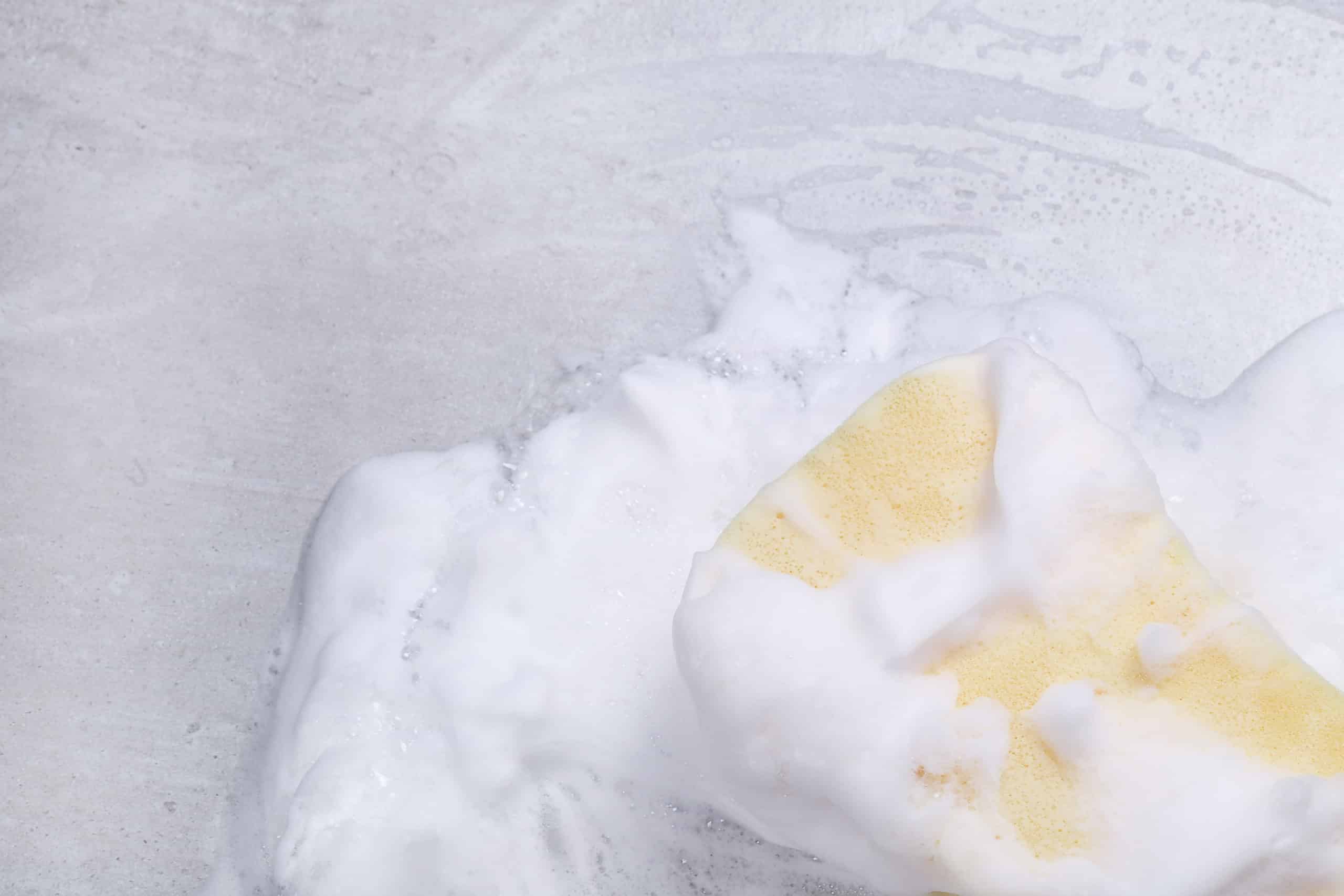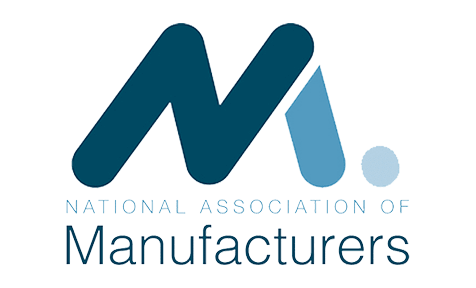Although it looks fun in movies, bubbles rushing out of your industrial parts washer and onto your manufacturing floor is more of a workday disaster and poses a safety hazard. Foaming is a common problem in parts washers, and preventing it cannot be easy. Fortunately, there are effective methods for avoiding foaming from occurring. There are several reasons you may be dealing with a surplus of foam, such as:
- Improper water temperature – an incorrect water temperature can lead to excessive foam buildup. Most aqueous detergents foam if the water temperature is below 120 F.
- Excessive oil and grime – excessive oil and dirt, fats, and natural oils, especially when there’s a lot, can cause foaming. Defoamers cannot combat foaming when your chemistry is over-saturated with oils, soil, fats, and other contaminants.
- The incorrect ratio of detergent to water – your soap-to-water balance must be correct. More soap and less water will leave you with a concentration that will cause foam. Certain aqueous detergents will foam when too little detergent is in your washer’s tank.
In this blog post, we’ll look at what causes foaming, how to stop it when it starts, and the best ways to prevent foaming in your parts washer. Let’s dive in and learn how to keep the foam at bay!
Why is Foaming in an Industrial Part cleaning system a problem?
Foaming is a common problem in parts washers and can lead to various issues, such as reduced cleaning efficiency, machine downtime, and increased maintenance costs. Foaming occurs when the cleaning solution agitates and mixes with air or other gases, causing the formation of bubbles that rise to the surface and overflow. Various factors, including high water hardness, excessive detergent usage, poor agitation, and a lack of proper maintenance, can cause this. Furthermore, foam on the floor means less detergent in your wash tank, reducing cleaning power. More importantly, foam on the bottom is a hazard, causing injuries.
Foaming can lead to a decrease in cleaning effectiveness, as well as poor rinsing, spotting, and staining. In addition, the presence of foam can also damage the machine by blocking filters, clogging pumps, and reducing the lifespan of various parts. Therefore, understanding the causes and consequences of foaming is essential to prevent and mitigate this problem. Foam is not caused by the mechanics of the parts washer but rather by your run temperature, chemical concentration, or contaminants removing the parts washing.
How Does Foaming Affect your Operations?
Foaming in your parts washer is more than just an annoyance – it can also negatively affect your cleaning results. When there is excessive foam, it can prevent the cleaning solution from reaching and cleaning all parts of the object being cleaned. This means that dirt, grease, and other contaminants can be left behind, reducing the effectiveness of your cleaning process.
Furthermore, if the foam overflows, it can cause damage to the parts washer and even pose a safety hazard. The excess foam can clog up the system and damage the pump, while spilled foam can create a slip hazard in the workplace.
Foaming can also increase the frequency of changing your cleaning solution, leading to more waste and higher costs. By preventing foaming in your parts washer, you can ensure that your cleaning results are more consistent and effective and reduce the risk of damage to your equipment and workplace.
How do you Prevent Foaming in a part cleaning machine?
Foam is a common problem when using aqueous cleaners, and while defoamers can be added to your cleaning solution, that is only a temporary fix for the problem. Yet, this doesn’t mean you’ll forever have to deal with foam on your floor.
Tips to keep your floor foam-free:
- Adjust the temperature. Obtain your chemistry’s SDS and check for the recommended temperature. Run your washer at the lowest temperature. Cold water holds more dissolved gas bubbles. With fewer gas bubbles, soap has less to bind to foam. Finally, titrate your parts washer to ensure your chemical concentrations align with SDS.
- Be sure to tell your Application Engineer if you remove grease or lubricants with animal fat or vegetable oils. There are several ways to combat foaming. First, could you say to your Applications Engineer if you are eliminating grease or lubricants with animal fat content or vegetable oils? These types of contaminants are common in stamping and bearing washing applications. If this is the case, you must increase the wash and rinse run temperatures in your parts washer to be above 170-180 F.
- Pre-clean your parts. While this may seem like it defeats the purpose of having an industrial washer, it’s an excellent way to prevent foaming. You can pre-clean your parts by wiping excess oils and dirt from them before washing them. Additionally, with modular washers, you can pre-clean by running your details through a heated rinse cycle before introducing your cleaning agent.
- Anti-foam Additive. These additives suppress foam formation and can be added directly to the parts washer solution. Anti-foam additives break down the foam’s surface tension, allowing it to collapse and dissipate. A small amount of anti-foam additive can go a long way in preventing foaming and ensuring the smooth operation of your parts washer.
By implementing these standard solutions, you can effectively address foaming in your parts washer and ensure smooth and efficient cleaning operations.
What is the ultimate outcome when there is foaming in a part cleaning system?
Foaming in parts washers can cause serious issues with cleaning efficiency, and productivity and even lead to machine breakdowns. To avoid these problems, it’s essential to take preventative measures to keep your parts washer free from foam.
Choosing the proper cleaning solution is one of the best ways to prevent foaming. Look for detergents and solvents specifically designed for use in parts washers. These will typically have lower levels of foaming agents and other substances that can contribute to foam buildup. Additionally, use the appropriate concentration of cleaning solution, as too much can cause foaming.
Another effective strategy is to implement routine maintenance practices, such as cleaning filters and changing solutions regularly. Dirty filters can trap debris and particles contributing to foam buildup, while old cleaning solutions can break down and lead to increased foaming.
Finally, monitoring your parts washer regularly for signs of foaming, such as increased noise, decreased cleaning performance, and visible bubbles, is essential. Catching foam early can prevent it from causing severe issues, making it easier to take corrective action. By taking these steps, you can ensure that your parts washer stays free from foam and continues to deliver reliable, efficient cleaning performance for years.
If you want more information about aqueous parts washer detergent foaming, please submit a form on our Contact Us page.






